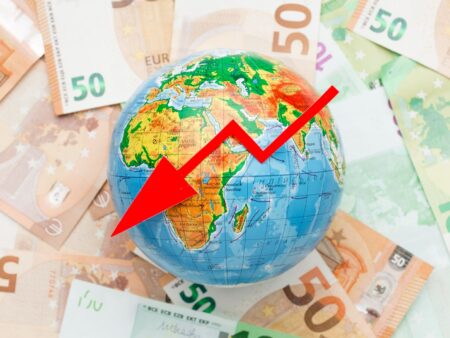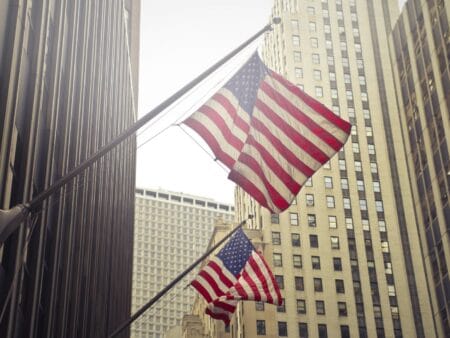Bolivia Grapples with Economic Crisis as Merchants Price Goods in Tether (USDT)
Bolivian merchants are increasingly turning to Tether (USDT), a stablecoin pegged to the US dollar, to price their products. This shift comes as the South American nation faces a deepening economic crisis in recent years.
The economic instability began in 2019 following the resignation of then-President Evo Morales amid allegations of election fraud. The situation worsened in subsequent years due to the COVID-19 pandemic.
Luis Arce, elected president in 2020, has struggled to reverse the economic downturn. Compounding the problem, Bolivia’s international reserves have dwindled significantly during his tenure.
Notably, the government itself began using cryptocurrencies in March of this year to import fuel due to a shortage of US dollars. Meanwhile, citizens have faced long lines to refuel their vehicles.
Economic Crisis Deepens: Parallel Dollar Market Soars
Bolivia’s official currency is the boliviano (BOB). However, the US dollar has become a secondary currency, particularly for personal savings and real estate transactions. While the Central Bank of Bolivia maintains a fixed exchange rate, the price of the dollar on the parallel market has skyrocketed.
A recent report by the International Monetary Fund (IMF), published on Monday, highlights Bolivia’s economic woes.
“Bolivia faces acute macroeconomic vulnerabilities caused by long-standing policy imbalances, which have been aggravated by a series of negative shocks.”
Contributing factors include declining natural gas production, excessive public spending, an exchange rate regime that is out of sync with reality, political tensions and protests, natural disasters, and, of course, inflation.
To illustrate the disparity in dollar prices, the IMF used data from Binance. The data shows that the dollar is trading at twice the official rate set by the government.
The 86-page report includes various charts to illustrate the country’s current situation and potential future. One chart shows inflation reaching 25% for food.
USDT Pricing Gains Traction
While citizens have been using cryptocurrencies to navigate the economic crisis, the situation has evolved. Merchants have begun pricing products in USDT.
Paolo Ardoino, CEO of Tether, shared the development on social media.
“In Bolivia, real prices in stores are displayed in USDT. A quietly revolutionary shift: digital dollars are powering everyday life, commerce, and economic stability.”
Some social media users expressed surprise at the prices, noting that a package of Oreo cookies was priced at 22 USDT (approximately $22 USD).
The photos appear to have been taken in an airport duty-free shop, which could explain the higher prices and the early adoption of USDT. The strategy aims to use the real exchange rate of the dollar, rather than the one fixed by the Central Bank.
One sign reads:
“PRICES FIXED IN USDT (TETHER).”
Another sign states:
“Dear customers, our products are priced in USDT (Tether), a stablecoin with a reference price reported daily by the Central Bank of Bolivia, based on the Binance exchange rate.”
Despite the pricing in USDT, both the boliviano (BOB) and the US dollar (USD) are accepted in stores.
Stay ahead of the curve in the fast-paced crypto world – explore the latest updates and trends at Cryptonewsfeeds.com.










